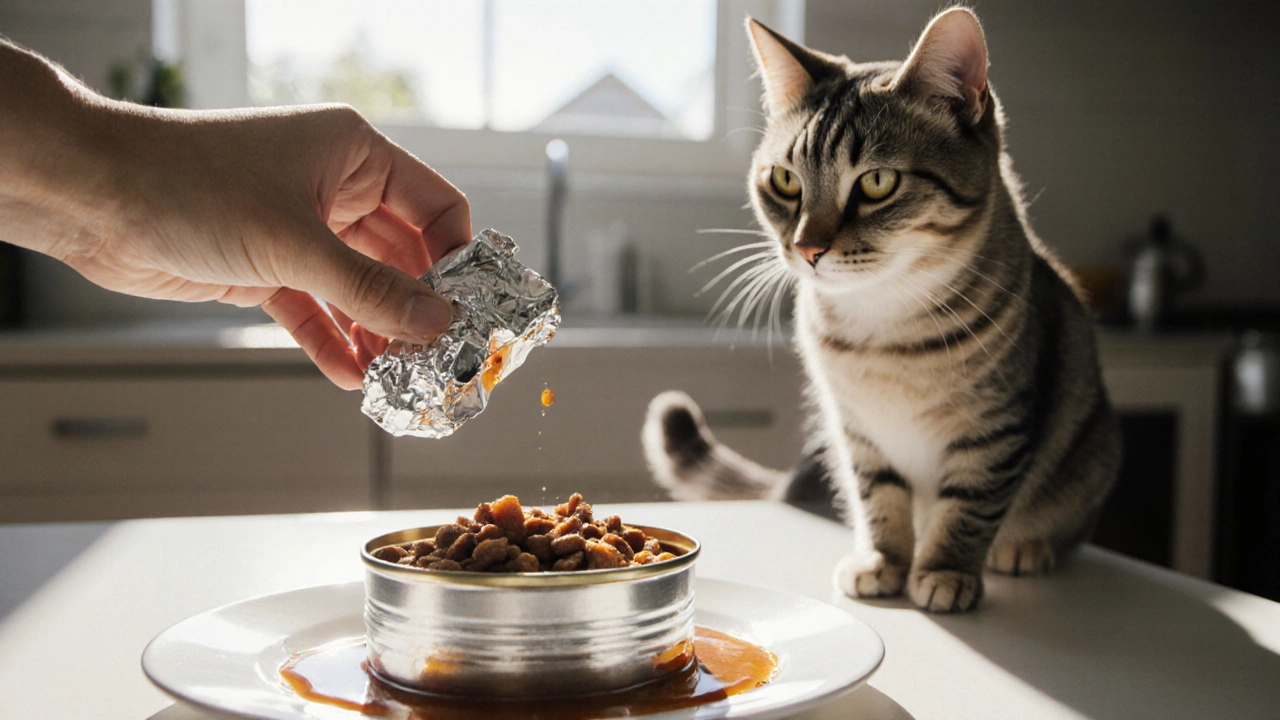Cat Food Expiration: What Every Cat Owner Should Know
When you see the date printed on a bag or can, you’re looking at Cat Food Expiration, the point at which the product is expected to stay at its best quality and safety. Also known as expiry date, it signals when nutrients may start to break down and when the risk of spoilage rises.
Understanding cat food expiration is a key part of Pet Food Safety, the practice of ensuring that any food you give your pet is free from harmful bacteria, toxins, and quality loss. When a product passes its printed date, the chance of mold growth or bacterial contamination increases, especially if the food has been exposed to heat or moisture. This is why many vets stress checking dates before each purchase and before you pour a bowl for your cat.
How Storage Affects Freshness
Even before the date arrives, how you store cat food can speed up or slow down degradation. Cat Food Storage, keeping food in a cool, dry place, sealed from air and humidity preserves flavor and keeps the fats from going rancid. For dry kibble, a sealed airtight container on a pantry shelf works best. Wet food, once opened, should go into the fridge and be used within 24‑48 hours. If you ignore proper storage, the food can lose essential vitamins long before the printed date, a process called Nutritional Degradation, the gradual loss of nutrients such as proteins, vitamins, and fats due to exposure to heat, light, or oxygen.
Why does this matter? Cats are picky eaters, and a change in scent or texture often means they’ll skip a meal. Feeding a cat food that’s past its prime can lead to digestive upset, weight loss, or even long‑term health issues. By matching the expiration date with good storage habits, you keep the food’s original taste and nutrient profile, supporting a shiny coat, strong muscles, and a happy mood.
Below you’ll find a collection of articles that walk through everything from reading expiration labels, spotting early signs of spoilage, to creating a storage routine that fits your lifestyle. Dive in to get practical tips you can apply today and keep your feline friend thriving on fresh, safe meals.

How Fast Does Wet Cat Food Spoil? Shelf Life, Storage Tips & Safety
Learn how long wet cat food lasts, how to store opened cans, spoilage signs, and safety tips to protect your cat from foodborne illness.
View more